What does real honeysuckle look like and how to grow it?
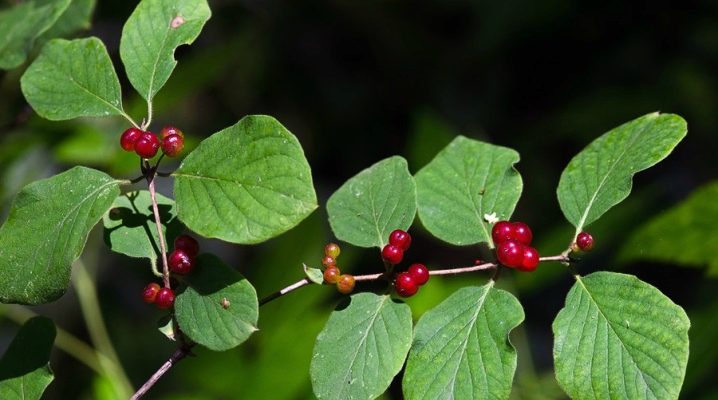
Real honeysuckle is better known as wolfberry, it is an unpretentious culture and is widely used in landscape design for the arrangement of personal plots, parks and squares. The culture is resistant to adverse weather factors, it is little susceptible to pest attacks and fungal infections. At the same time, the plant is actively growing and, moreover, has an extremely decorative look.
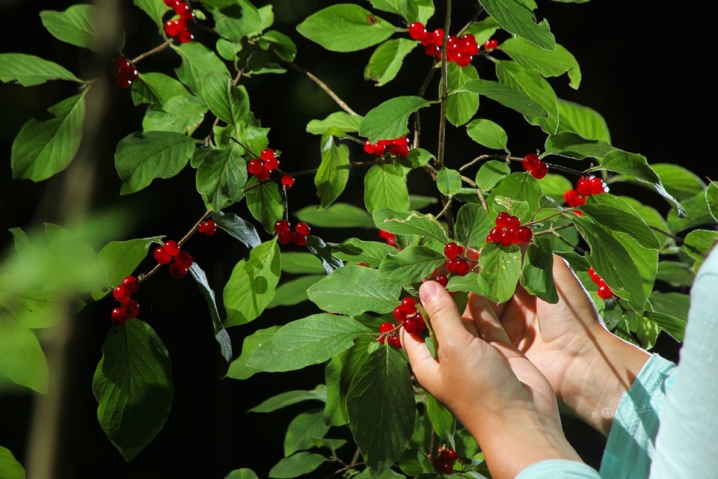
Description
Real honeysuckle is also called forest, common and even wild. In natural conditions, it is found in conifers and mixed forests, it can be found on small forest edges, in undergrowth, as well as near ravines and on river banks.
People call this type of honeysuckle wolfberry. This is due to the fact that its fruits are attractive but poisonous.
The plant is a short shrub. It has a gray-brown bark; on mature branches it exfoliates in thin longitudinal stripes. In favorable conditions, it grows up to 2.5 m. Young shoots are often greenish or have a red tint.
The leaves of the common honeysuckle are 5 cm wide and 7 cm long. The shape of the leaf plates is solid-edged, oval-elliptical, slightly pointed at the top. Coloring - dark, matte. The dorsum has a pronounced grayish tint, densely covered with small hairs. The central vein is purple.
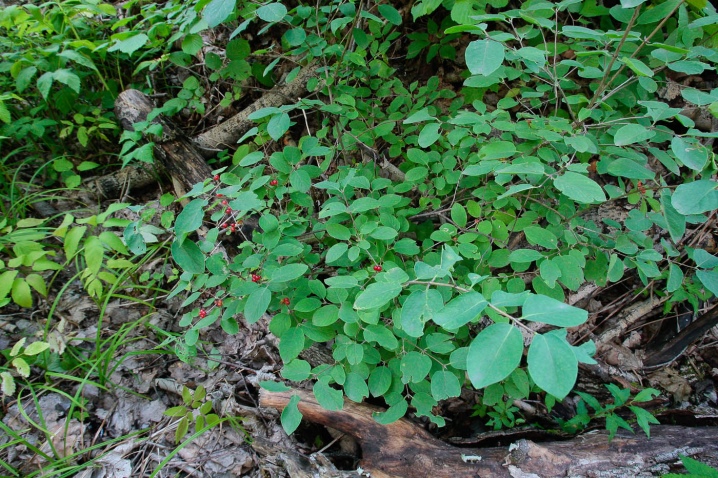
The wolfberry blooms when the very first flowers are just beginning to bloom on the trees - in central Russia, this time falls in mid-May. Flowers - yellowish-white, small, gather in inflorescences of 2-4 pieces, exude a fragrant aroma. Sepals incised, can be bare or covered with villi, length - up to 10-13mm.
The plant is bisexual. Fruit ripening occurs in July. The berries are bright red in color, the shape is spherical. Berries can have a characteristic sheen. are often doubled.
Important. Despite all the visual appeal, the fruits of forest honeysuckle contain toxic substances - they are classified as inedible.
It is this toxicity that has become the reason for the unusual nickname of the plant "wolfberry". But in folk medicine, the plant has become widespread as an emetic, laxative and wound healing agent. In addition, the bark and greens of this plant are eagerly eaten by small ruminants.

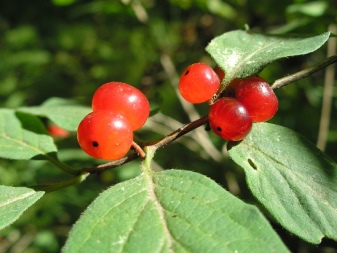
Landing features
Forest honeysuckle is an unpretentious plant. But it is important for her to find the best place. It develops quite comfortably near the walls of buildings and fences. In the natural environment, the culture occupies the middle layer of forests, therefore, it is adapted to partial shading. Although in all its glory, it appears in sunlit areas.
Shortly before planting the wolfberry, a landing hole should be prepared - it is formed at the rate of 60-70 cm deep and 50-60 cm wide. At the very bottom, drainage from expanded clay or crushed stone is laid out with a layer of 5-7 cm. A mixture of 5-8 kg of manure, 60-80 g of superphosphate and 50-60 g of potassium salt is poured on top. The soil mixture is prepared from turf, humus, peat and sand, taken in a ratio of 3: 1: 1: 1. The optimum level of soil acidity is in the range from 7 to 8.5 units.
It is necessary to plant honeysuckle in such a way that the root collar, after compaction and subsidence of the soil, is located approximately at ground level. When forming a hedge between seedlings, a distance of 1.5-2 m should be observed.After planting, the plant needs to be thoroughly watered and covered with mulch in the near-stem circle - this will preserve moisture and accelerate the adaptation of the young seedling.
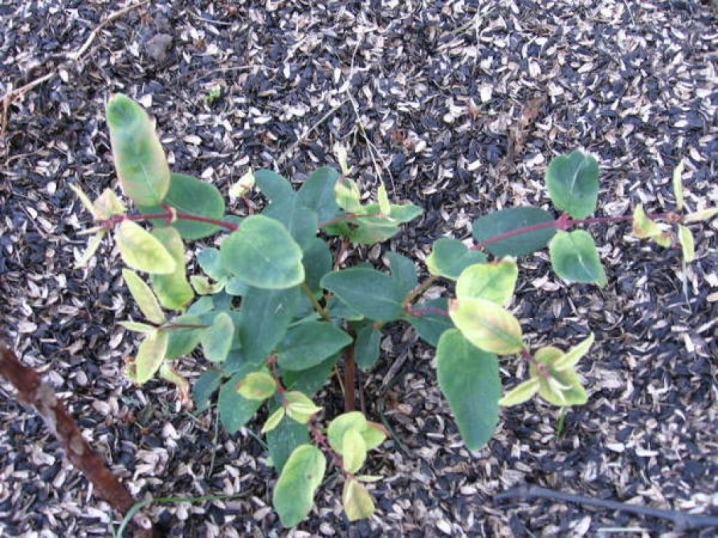
The most comfortable honeysuckle is adjacent to coniferous and deciduous bushes:
- spruce Konik;
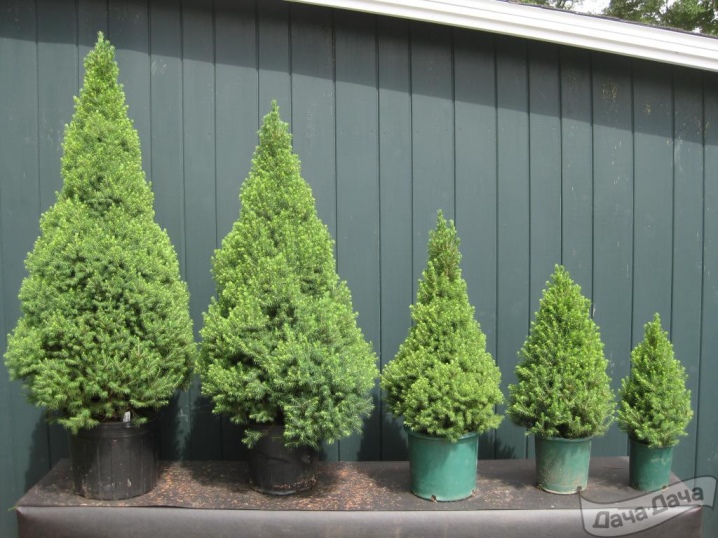
- weigela;

- spring flowering spireas;
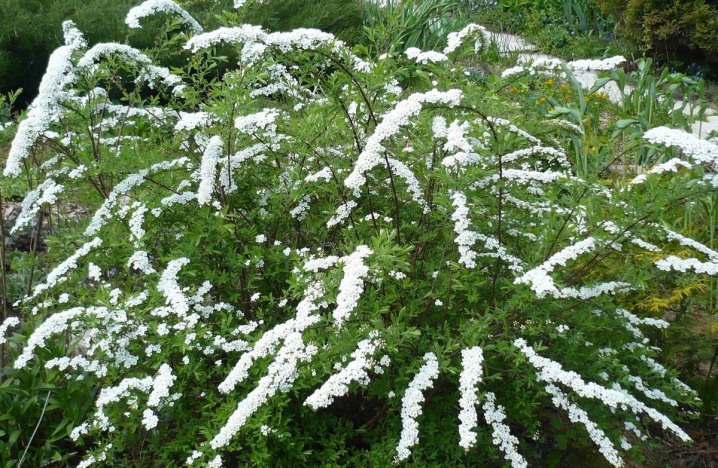
- derain;
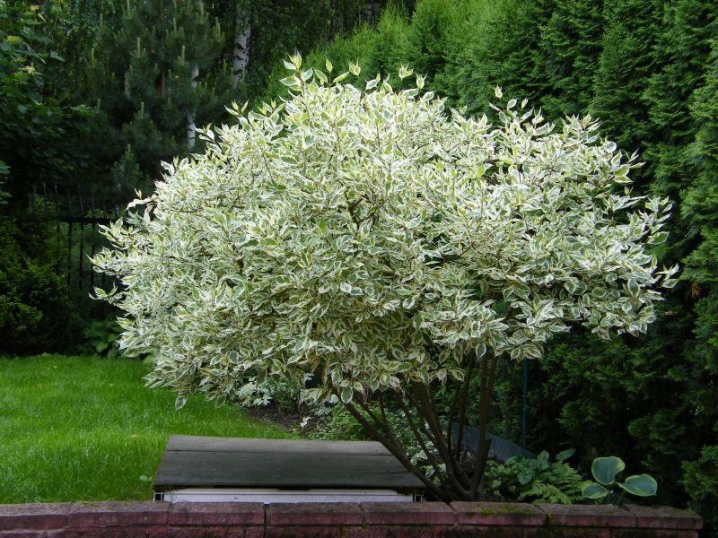
- thuja;
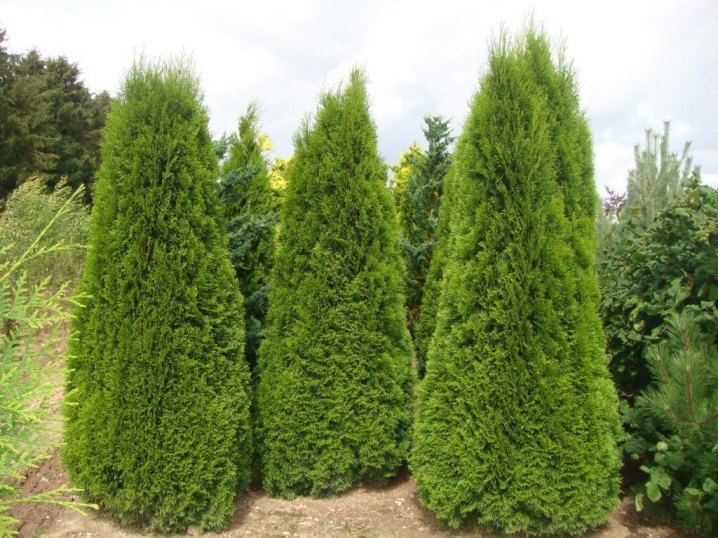
- juniper;
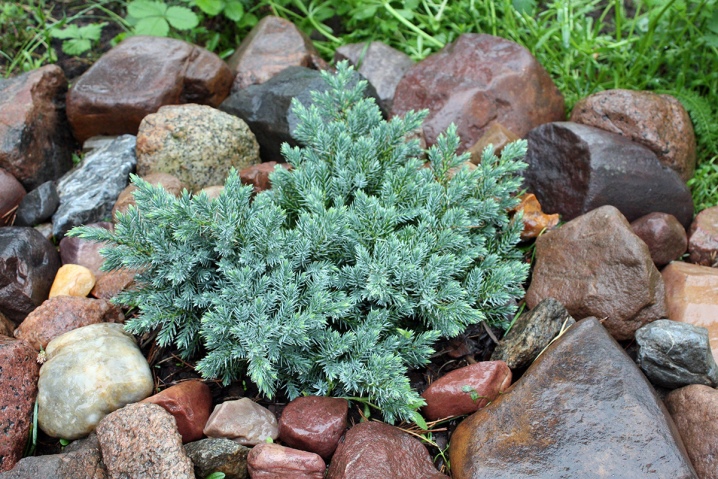
- hydrangea;
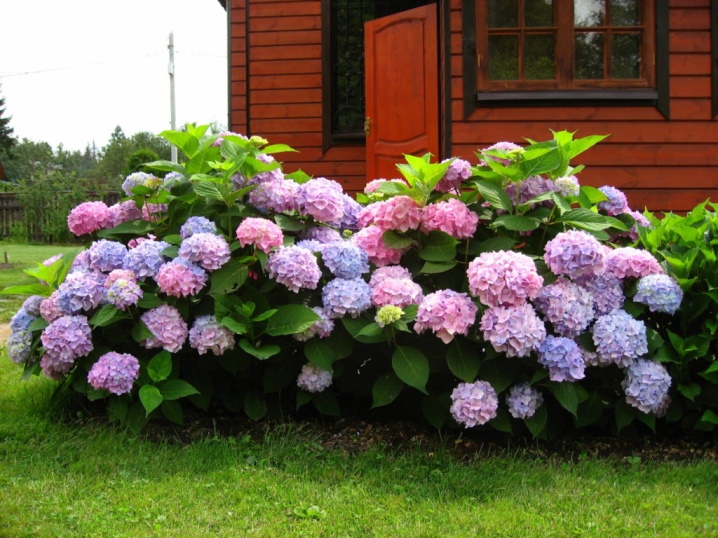
- climbing roses;
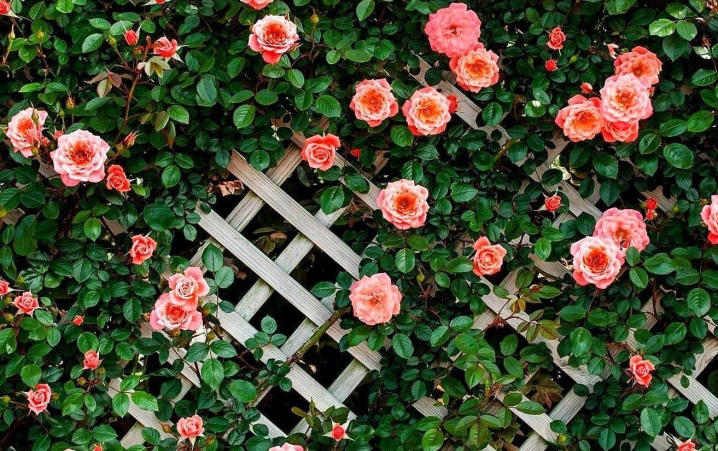
- bladderworm;
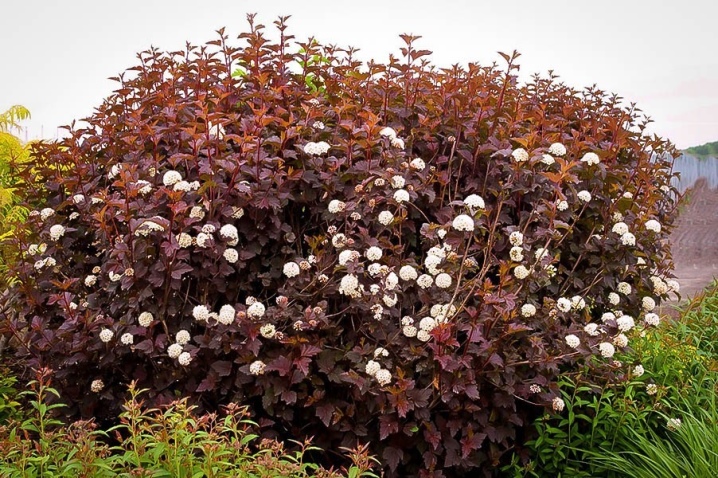
- yew berry.
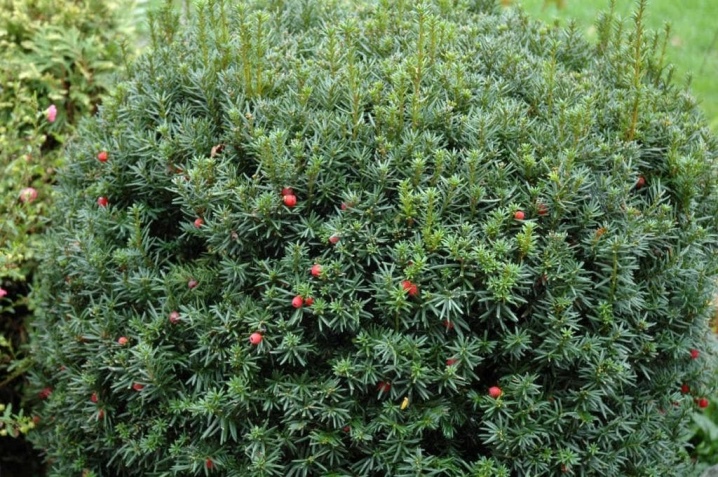
Care
Caring for real honeysuckle does not need much trouble. She needs a set of standard agricultural procedures - regular watering, nutrient dressing, loosening, mulching, sanitary and formative pruning, as well as preparation for winter time.
Top dressing
In order for honeysuckle to grow successfully, develop and delight with its decorative appearance, it needs additional feeding. In early spring, before the start of sap flow, a mineral complex is introduced at the rate of 20-30 g per bush. Shortly before flowering, a three-stage liquid top dressing is carried out, the working composition is prepared from 10-15 g of nitroammophos, dissolved in a bucket of water. During autumn digging, ash is introduced into the near-stem zone at the rate of 100-200 g per plant.
Foliar treatment gives a good effect, for this they take 1 part of urea, 1 part of superphosphate, 5 parts of calcium chloride. The resulting mixture is dissolved in a bucket of water and sprayed. It is best to carry out processing in the evening or on a cloudy day. Foliar dressing is carried out 3-4 times per season.

Watering
In the first year after planting, the plant needs to be watered more often and more abundantly, then watering is gradually reduced. In moderate weather, wolfberry is watered 7-10 times per season, while 1.5-2 buckets of water should be added under each bush. The amount of irrigation is adjusted according to weather factors. If there are heavy rains and thunderstorms in the summer, the additional moisture of the honeysuckle is not needed. In dry summer, the plant needs more abundant and frequent watering.
Advice. In hot weather, it is best to use a sprinkler technique. Watering with a hose can burn the plates.
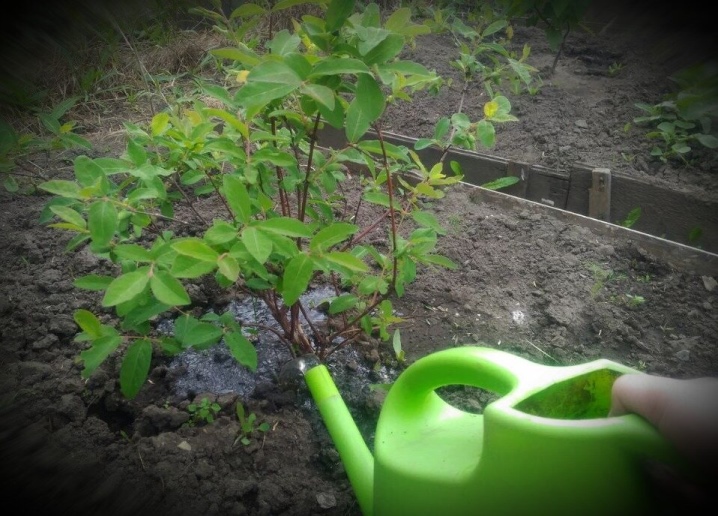
Loosening and mulching
It is necessary to loosen the soil 3-5 times per season. This is also done in cases where the land is strongly compacted from irrigation. During loosening, the earth is dug to a depth of 5-10 cm, in parallel, all weeds are removed. This procedure facilitates the flow of air to the roots, improves the absorption of moisture and fertilizers.
To preserve water in the substrate, after loosening and watering, the ground is covered with mulch. The best solution would be to use peat in a layer of 10 cm. Alternatively, you can take straw, sawdust or pine needles.

Pruning
Wolfberry easily tolerates any haircut, shaping and trimming. At the end of winter or early spring, all old, injured and diseased branches are removed. If necessary, thinning the crown is performed.
It is advisable at this time to remove the top, as well as the section of the stem to the point of branching of the largest stem growth.
When carrying out radical rejuvenation, all stems are removed up to the area of maximum branching, that is, just above the base.
At the end of flowering, faded shoots are shortened by half the length
Wolfberry belongs to frost-resistant crops, so it does not need additional shelter. But to make the shrub easier to endure the cold, it is covered with spruce branches for the winter. A good effect is given by manure, laid in a layer of 5-6 cm, in the process of melting snow, it will create additional top dressing.
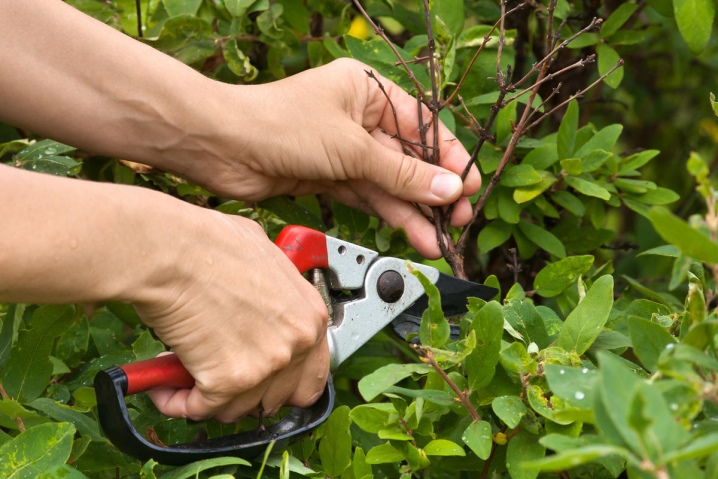
Diseases and pests
Despite the fact that forest honeysuckle belongs to hardy crops, if agricultural technology is not followed, it can be affected by all kinds of infections:
- Powdery mildew Is a fungal-type disease that develops rapidly in conditions of a lack of watering. Dusty light gray spots on the leaf blades become a characteristic symptom. If the fungus is not treated, it will cover all the leaves in a matter of days, and then spread to other areas of the honeysuckle.
- For treatment it is necessary to remove all affected shoots and carry out a preventive spraying with fungicidal preparations.
- Blackening of branches Is another fungal disease that often affects immunocompromised shoots. A black bloom from spores and myceliums appears on them, it can be erased with your fingers. To save the plant, it is necessary to cut off all diseased fragments and burn them. Healthy tissues are sprayed with Bordeaux liquid.
- Ramulariasis Is a fungal disease in the form of brown spots with a white center. Low temperature combined with high humidity contributes to its spread. To treat the bush, it is necessary to spray it with a fungicide or copper sulfate.
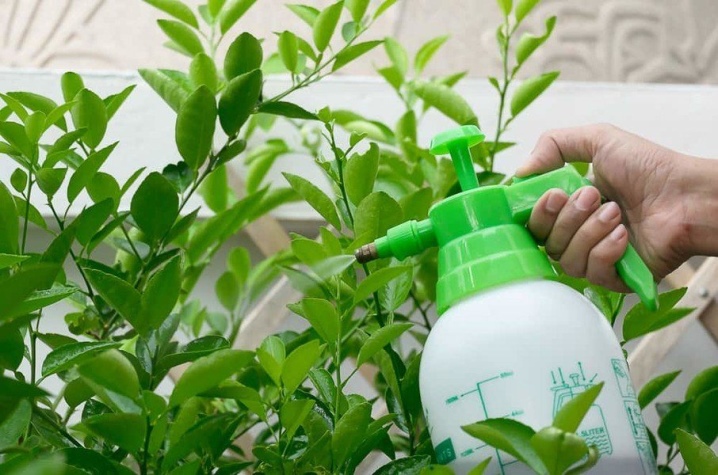
Wolfberry can fall prey to insect attacks. The methods of dealing with them vary depending on the type of pest.
- For the destruction of scoops and moths use "Boverin".
- Spraying with tobacco infusion with the addition of green soap to increase adhesion is effective against aphid colonies. Processing is carried out from the bottom and the outside.
- It is possible to neutralize the shield by spraying it three times with "Rogor" or "Aktellik" at intervals of 1.5-2 weeks.
- If the plantings are attacked by the gooseberry moth, the formulations "Fitoverm", "Fufanon" or "Actellik" will help to save the plant.
- Eliminate the rose leaf roll, which leads to curling of the leaves, allows the treatment with the preparations "Eleksar" or "Decis".

Application in landscape design
Despite its toxic properties, forest honeysuckle has become widespread in urban and suburban landscaping. The culture is distinguished by exceptional decorativeness - it blooms for a long time, at the end of flowering, bright scarlet berries become the decoration of the shrub, they look very impressive against the background of rich green foliage.
Other benefits of honeysuckle include:
- drought and frost resistance;
- the ability to grow even on dense, infertile substrates;
- successfully grows and develops within the boundaries of large cities and close to highways, the plant quickly adapts even to the most polluted air;
- is considered a good honey plant and attracts pollinating insects to the site.
In addition, wolfberry is a long-liver. In one place, it can grow up to 25 years, and even longer in favorable conditions.
However, the plant also has a drawback - it gives a rather dense growth, therefore it requires regular thinning pruning.
Forest honeysuckle is often used for garden landscaping. She is not afraid of pruning, the wolfberry bush can take any, even the most intricate forms. Nevertheless, it is most often used as a hedge - it grows rapidly and densely, forming practically impassable thickets. They decorate the site and also protect it from dust and wind.
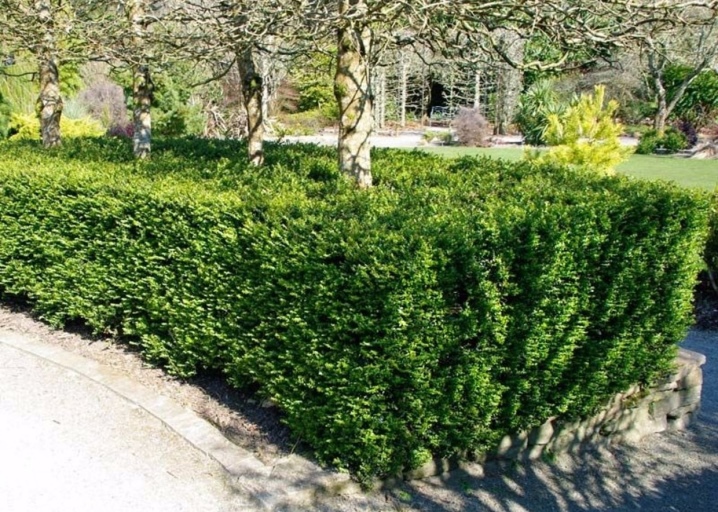
The wolfberry has an exceptional decorative effect. it is often used to create stylish landscape compositions. To do this, it is combined with other cultures. Best of all, it looks surrounded by roses with long shoots, creeping flowering plants, as well as near coniferous shrubs.
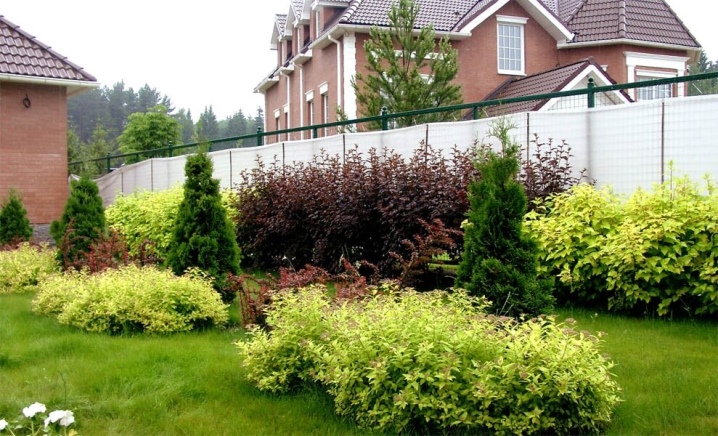








The comment was sent successfully.